Posts (page 31)
-
 7 min readTo run PHPUnit tests in a Laravel controller, first create a test class that extends the Laravel TestCase class. Within this test class, write test methods that will test the different functionalities of the controller.In each test method, create an instance of the controller and call the specific method that you want to test. Then use assertions to verify that the method behaves as expected.
7 min readTo run PHPUnit tests in a Laravel controller, first create a test class that extends the Laravel TestCase class. Within this test class, write test methods that will test the different functionalities of the controller.In each test method, create an instance of the controller and call the specific method that you want to test. Then use assertions to verify that the method behaves as expected.
-
 7 min readIn D3.js, you can get information during a mouseover event by using the "mouseover" event listener. By binding a "mouseover" event listener to the desired element, you can access information about that element when the mouse hovers over it.You can retrieve information such as the element's data, attributes, and position on the screen. This information can be used to display tooltips, highlight the element, or trigger other actions based on the mouseover event.
7 min readIn D3.js, you can get information during a mouseover event by using the "mouseover" event listener. By binding a "mouseover" event listener to the desired element, you can access information about that element when the mouse hovers over it.You can retrieve information such as the element's data, attributes, and position on the screen. This information can be used to display tooltips, highlight the element, or trigger other actions based on the mouseover event.
-
 6 min readTo access d3.js element dom data, you can use the datum() method. This method retrieves the bound data for the first element in the selection and returns it. This allows you to access the data associated with a particular DOM element in your d3.js visualization. Simply select the element using a d3.js selection method, such as select() or selectAll(), and then call the datum() method on the selection to retrieve the data.
6 min readTo access d3.js element dom data, you can use the datum() method. This method retrieves the bound data for the first element in the selection and returns it. This allows you to access the data associated with a particular DOM element in your d3.js visualization. Simply select the element using a d3.js selection method, such as select() or selectAll(), and then call the datum() method on the selection to retrieve the data.
-
 7 min readTo integrate Drupal with third-party APIs, you will need to first determine which API you want to connect to and obtain the necessary API keys and documentation. Next, you will need to install and configure modules in Drupal that allow you to make HTTP requests to the API, such as the RESTful Web Services module. You will then need to create custom modules or code to handle the authentication and data processing required to interact with the API.
7 min readTo integrate Drupal with third-party APIs, you will need to first determine which API you want to connect to and obtain the necessary API keys and documentation. Next, you will need to install and configure modules in Drupal that allow you to make HTTP requests to the API, such as the RESTful Web Services module. You will then need to create custom modules or code to handle the authentication and data processing required to interact with the API.
-
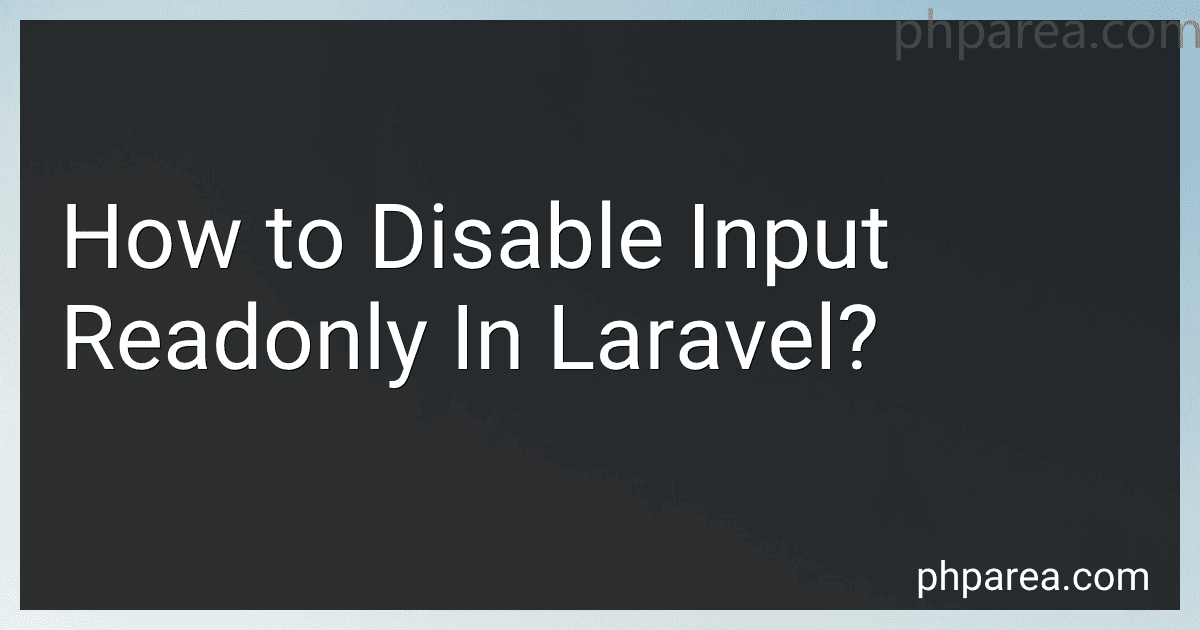 4 min readTo disable the input readonly in Laravel, you can remove the "readonly" attribute from the input field in your blade file. Simply locate the input field that you want to disable the readonly attribute for and delete the "readonly" keyword from the input tag. This will allow users to edit the input field instead of just viewing it. You can also dynamically set the readonly attribute based on certain conditions in your Laravel controller or blade file.
4 min readTo disable the input readonly in Laravel, you can remove the "readonly" attribute from the input field in your blade file. Simply locate the input field that you want to disable the readonly attribute for and delete the "readonly" keyword from the input tag. This will allow users to edit the input field instead of just viewing it. You can also dynamically set the readonly attribute based on certain conditions in your Laravel controller or blade file.
-
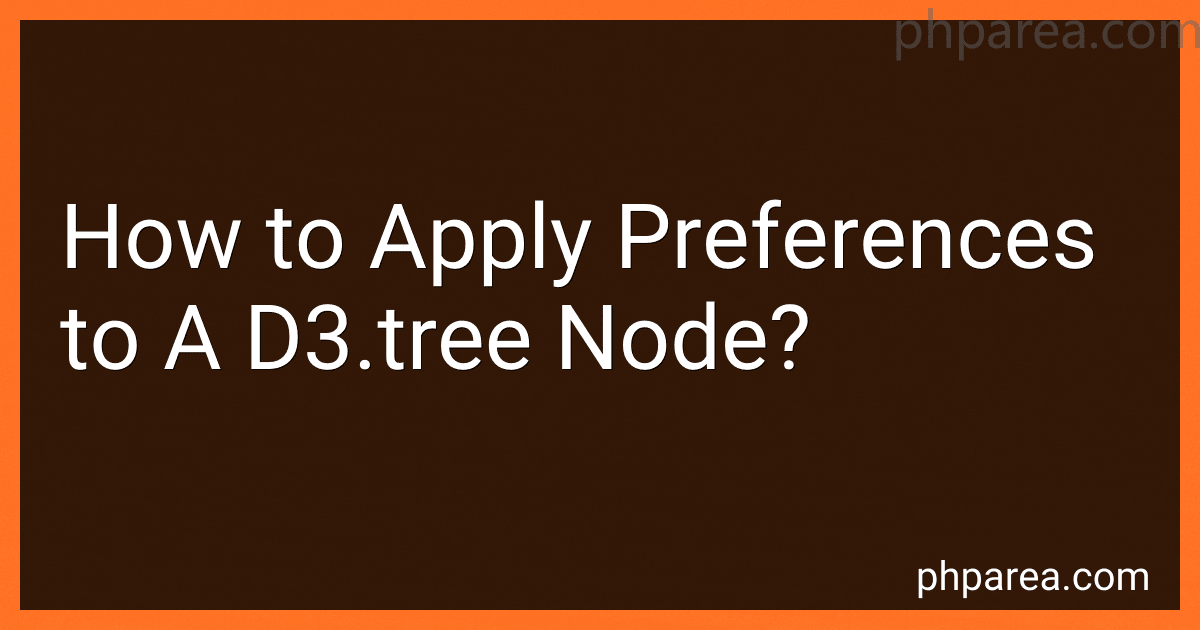 6 min readTo apply preferences to a d3.tree node, you can use various attributes and methods provided by the d3.js library. Some common preferences that you may want to apply to a tree node include styling, position, and interaction.For styling, you can use CSS to apply different colors, shapes, or sizes to the nodes based on their properties or data. You can also use d3.js methods like node.attr() or node.style() to customize the appearance of the nodes.
6 min readTo apply preferences to a d3.tree node, you can use various attributes and methods provided by the d3.js library. Some common preferences that you may want to apply to a tree node include styling, position, and interaction.For styling, you can use CSS to apply different colors, shapes, or sizes to the nodes based on their properties or data. You can also use d3.js methods like node.attr() or node.style() to customize the appearance of the nodes.
-
 7 min readSetting up a multilingual site in Drupal involves enabling the multilingual features in the backend of the platform. First, navigate to the "Language and translation" section in the configuration options. Here, you can add the languages you want to support on your site.Once the languages are added, you will need to enable language detection and selection methods. This can include options like URL language detection, browser language detection, or user account language preference.
7 min readSetting up a multilingual site in Drupal involves enabling the multilingual features in the backend of the platform. First, navigate to the "Language and translation" section in the configuration options. Here, you can add the languages you want to support on your site.Once the languages are added, you will need to enable language detection and selection methods. This can include options like URL language detection, browser language detection, or user account language preference.
-
 4 min readTo access a JSON object after loading it in d3.js, you can use the data method provided by d3.js. Once you have loaded the JSON data into a variable using d3.json(), you can bind that data to elements in your document by passing it to the data method. This will associate the JSON data with the selected elements, allowing you to manipulate the data and update the elements accordingly. You can then use d3.
4 min readTo access a JSON object after loading it in d3.js, you can use the data method provided by d3.js. Once you have loaded the JSON data into a variable using d3.json(), you can bind that data to elements in your document by passing it to the data method. This will associate the JSON data with the selected elements, allowing you to manipulate the data and update the elements accordingly. You can then use d3.
-
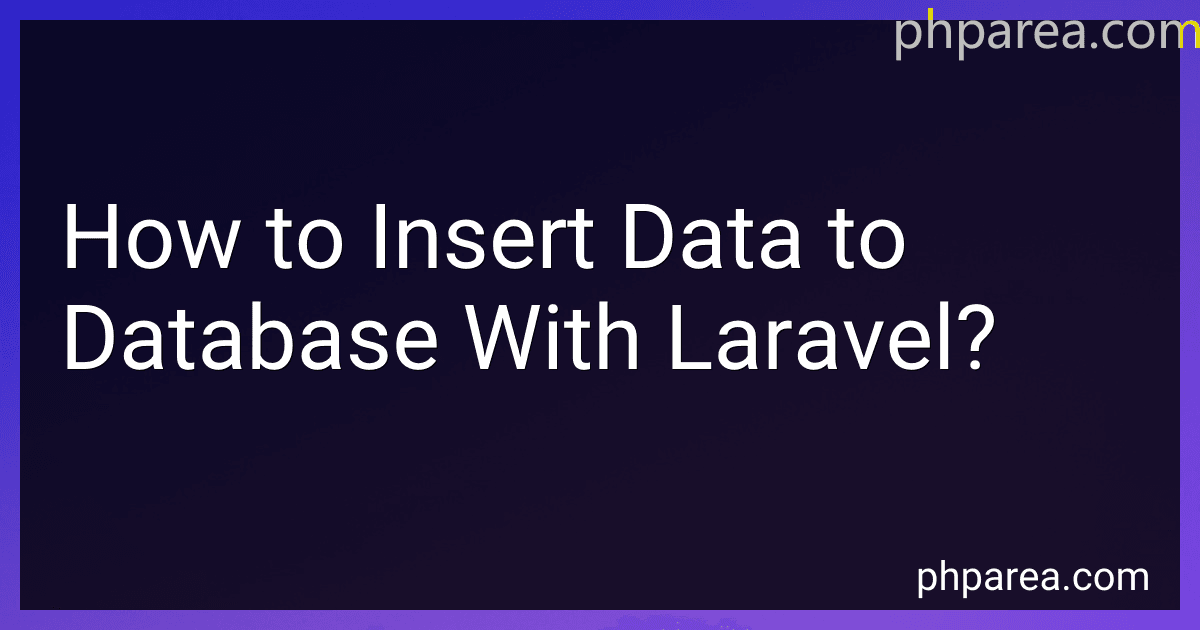 8 min readTo insert data into a database with Laravel, you can use the built-in Eloquent ORM (Object-Relational Mapping) feature. Eloquent allows you to work with your database tables using PHP objects, making it easier to interact with the database.To insert a new record into a database table, you first need to create a new instance of the model representing the table. You can do this by using the create method on the model class, passing in an associative array of data that you want to insert.
8 min readTo insert data into a database with Laravel, you can use the built-in Eloquent ORM (Object-Relational Mapping) feature. Eloquent allows you to work with your database tables using PHP objects, making it easier to interact with the database.To insert a new record into a database table, you first need to create a new instance of the model representing the table. You can do this by using the create method on the model class, passing in an associative array of data that you want to insert.
-
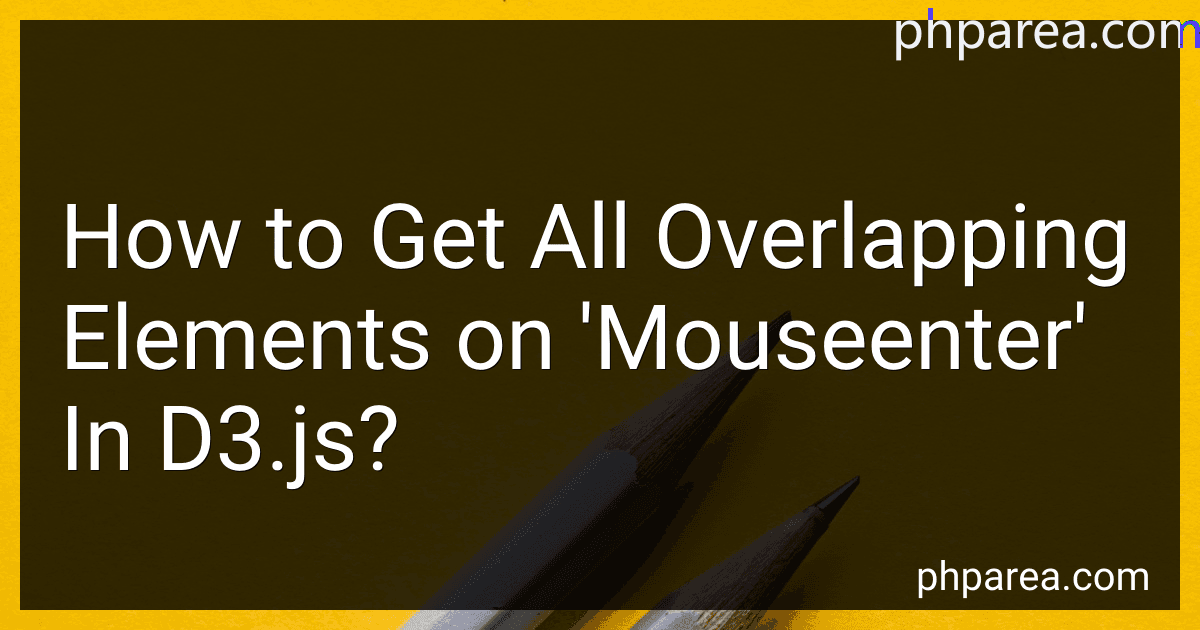 4 min readIn d3.js, you can get all overlapping elements on 'mouseenter' by using the 'mouseover' event and the 'd3.selectAll()' method. When a 'mouseenter' event is triggered on an element, you can use the 'd3.selectAll()' method to select all elements that are currently overlapping with the element that triggered the event. You can then perform any necessary actions on these overlapping elements, such as changing their style or updating their data.
4 min readIn d3.js, you can get all overlapping elements on 'mouseenter' by using the 'mouseover' event and the 'd3.selectAll()' method. When a 'mouseenter' event is triggered on an element, you can use the 'd3.selectAll()' method to select all elements that are currently overlapping with the element that triggered the event. You can then perform any necessary actions on these overlapping elements, such as changing their style or updating their data.
-
 6 min readCaching is an important aspect of optimizing the performance of a Drupal website. To configure caching in Drupal, you can enable the internal caching system that comes built-in with Drupal core. This can be done by navigating to the Performance page in the admin menu.On the Performance page, you can enable caching for different components of the website such as CSS and JavaScript files, block caching, and page caching.
6 min readCaching is an important aspect of optimizing the performance of a Drupal website. To configure caching in Drupal, you can enable the internal caching system that comes built-in with Drupal core. This can be done by navigating to the Performance page in the admin menu.On the Performance page, you can enable caching for different components of the website such as CSS and JavaScript files, block caching, and page caching.
-
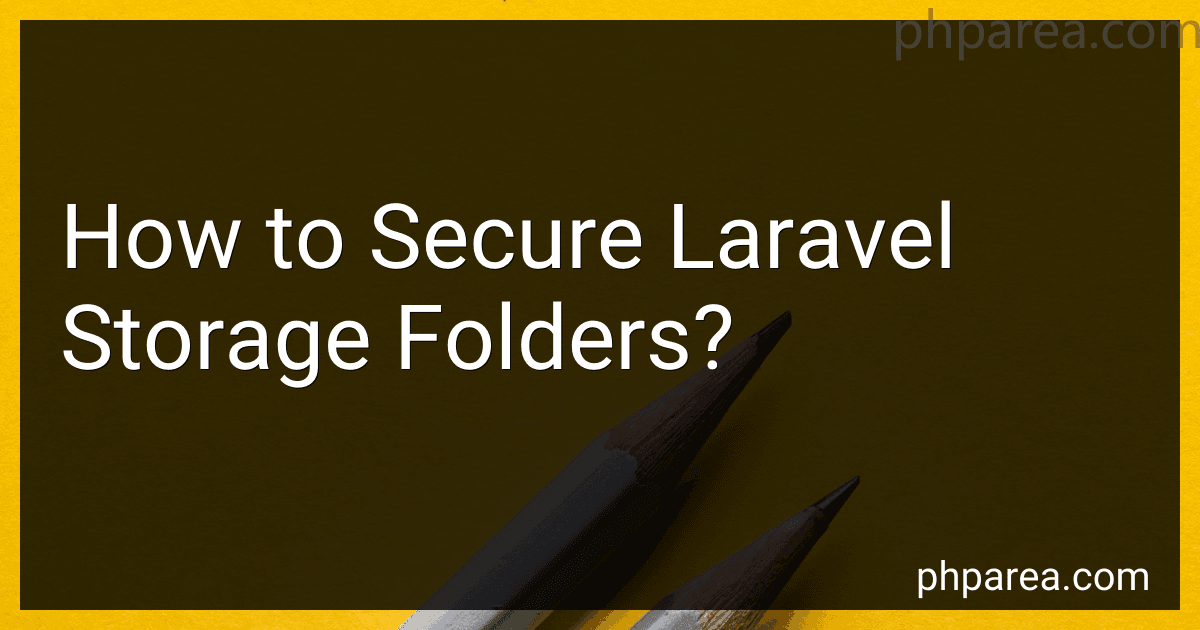 6 min readTo secure Laravel storage folders, you can take various steps to protect sensitive data and prevent unauthorized access.
6 min readTo secure Laravel storage folders, you can take various steps to protect sensitive data and prevent unauthorized access.